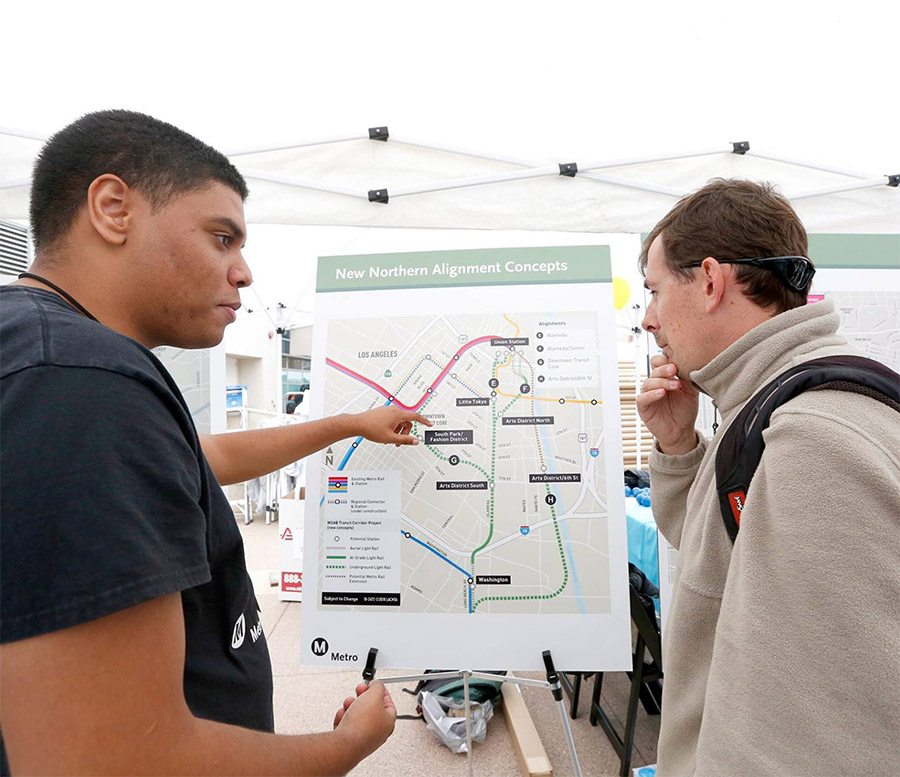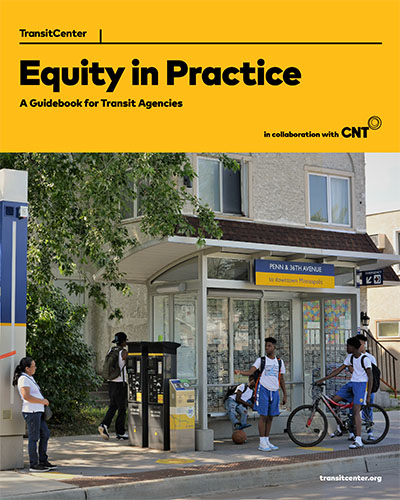-
Who We Are
About CNT
Center for Neighborhood Technology is a leader in promoting more livable and sustainable urban communities.
-
What We Do
We make cities work better
CNT delivers innovative analysis and solutions that support community-based organizations and local governments to create neighborhoods that are equitable, sustainable, and resilient.

“CNT does things with communities, not to communities.”
~ Chris Wheat, CNT board member
-
Our Work
Project Spotlight

Civic Innovation Hub Phase 2: Community Based Participatory Research
Residents used community-based participatory research to frame questions and plan local improvements -
Publications
Recent Publications
-
Stories
Latest PostsNovember 20, 2025October 25, 2025August 24, 2025



 Strengthening Transit Through Community Partnerships
Strengthening Transit Through Community Partnerships








